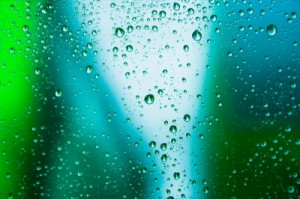 Why worry about acid rain? pH level is a quantitative measure of hydrogen ions with a level of 7 being neutral. Anything less than 7 is considered acidic, with anything above 7 considered alkaline. In the Pacific Northwest pH of our rainwater is typically 5.5.
Why worry about acid rain? pH level is a quantitative measure of hydrogen ions with a level of 7 being neutral. Anything less than 7 is considered acidic, with anything above 7 considered alkaline. In the Pacific Northwest pH of our rainwater is typically 5.5.
Drinking acidic rainwater is not normally a health concern, however lower pH levels can cause blue/green staining in sinks and tubs, and sometimes in severe cases, may cause leaching and damage to copper plumbing. Simple pH testing strips can indicate the pH levels in collected rainwater. Generally, the smallest amount of buffering can adjust levels to a nominal 7.0 , or neutral. Adding 4 ounces of baking soda in solution to every 1,000 gallons of stored rainwater is an effective method of adjusting pH. It is recommended to start with the minimal amount, then test again and increase if necessary.
Neutralizing filters typically contain calcium carbonate, which dissolves as it interacts with untreated water, increasing pH values to appropriate range through addition of neutralizing materials, increasing to 6.5 pH to 8.0 pH although spikes in hardness may incur. Chemical pumps can inject calcite into the water flow after filtration and are effective if placed upstream of the pressure tank or day tank.
It is advised that testing pH levels at the storage site, as well as at the tap be conducted before adjusting. Variables such as temperature and materials used in the water system itself can have effects on pH levels, so it is good to know where your baseline is. Sampling can be done by a lab for accuracy if required.
The key is to know, maintain, and service your rainwater collection system for best results.
Rain Drop Stock Photo courtesy of samuiblue / www.freedigitalphotos.net

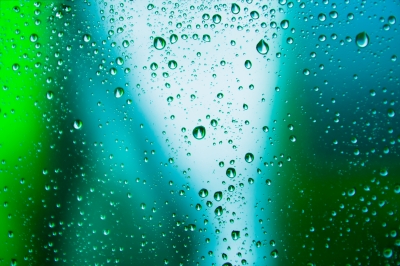
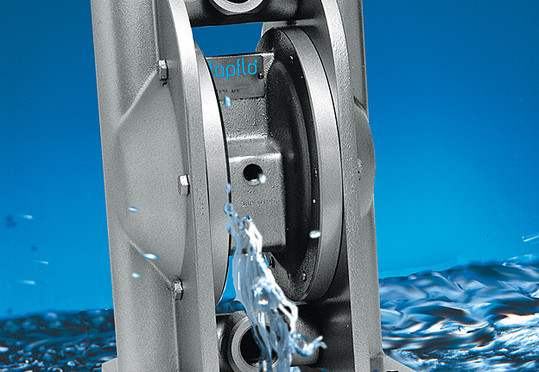
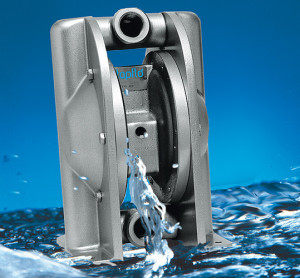 Although centrifugal pumps are the most common type of pump used in rainwater collection systems for both sump pumps and pressure pumps, diaphragm pumps could be used in some applications.
Although centrifugal pumps are the most common type of pump used in rainwater collection systems for both sump pumps and pressure pumps, diaphragm pumps could be used in some applications.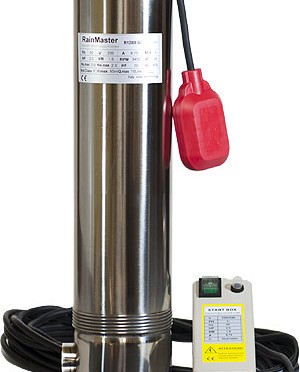
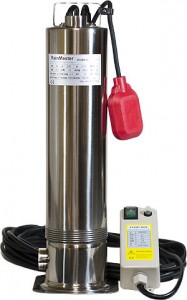 As mentioned in a previous post,
As mentioned in a previous post,